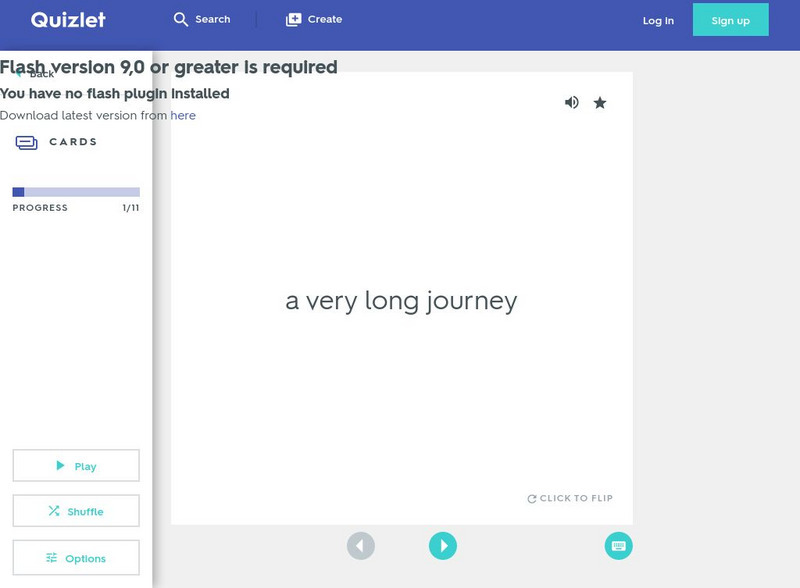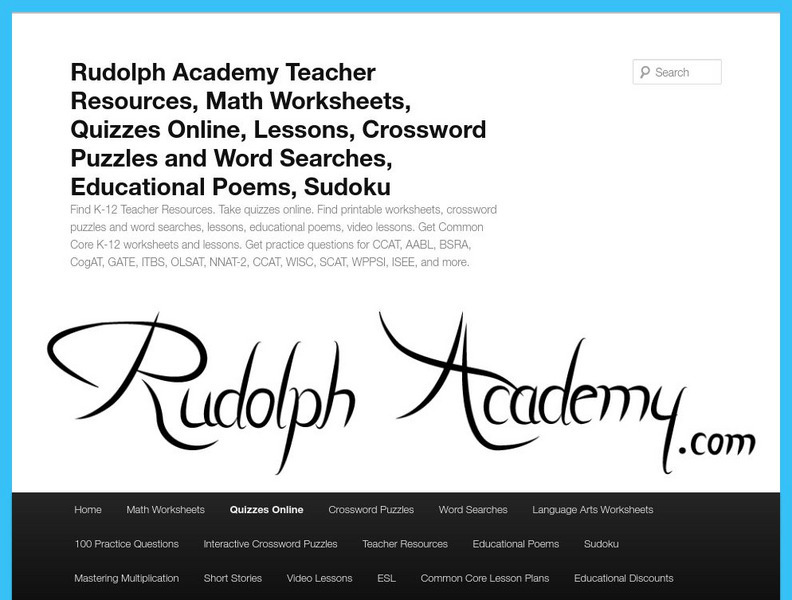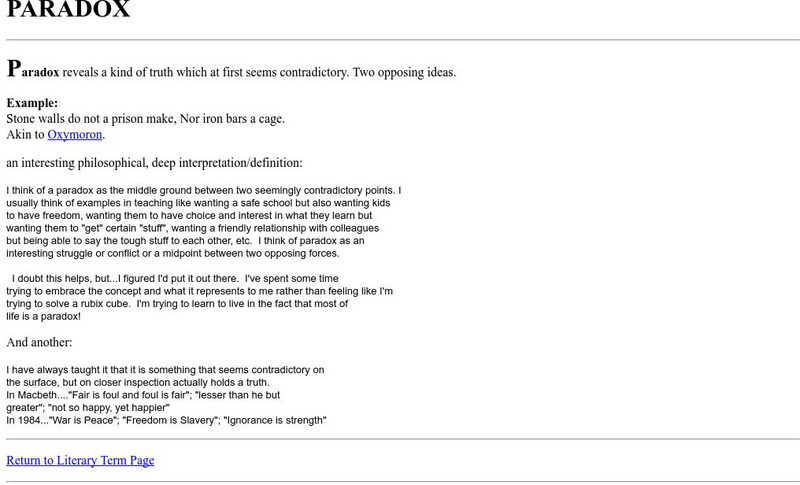TES Global
Blendspace: Idioms, Adages, Proverbs
A six-part learning module with links to texts and videos to use while learning about idioms, adages, and proverbs.
TES Global
Blendspace: Learning Figurative Language Rap
A learning module with twenty-four links to websites, images, texts, and videos to use while learning about figurative language.
Vocabulary Spelling City
Spelling City: Figurative Language
This website focuses on figurative language: hyperbole, simile, metaphor, personification, and idioms. It provides lists of examples for each based on three educational levels: elementary, middle school, and high school.
Washington State University
Washington State University: Epigram/epigraph/ Epitaph/epithet
This site gives a definition of epitaph and has a link to a collection of epitaphs.
ClassFlow
Class Flow: Onomatopoeias
[Free Registration/Login Required] Students will learn that onomatopoeias are words that imitate sounds. Using them can enhance writing and poetry.
Sophia Learning
Sophia: Hyperbole
This lesson introduces hyperbole as a rhetorical device. This tutorial lesson shares a short slideshow with the lesson's content.
Sophia Learning
Sophia: Pun
This lesson introduces puns in writing. This tutorial lesson shares a short slideshow with the lesson's content.
Ted Nellen
Cyber English (By Ted Nellen): Hyperbole
This is a glossary entry for the figure of speech "Hyperbole" including a definition and examples.
Houghton Mifflin Harcourt
Holt, Rinehart and Winston: Elements of Literature: Discovering Irony [Pdf]
A brief PDF worksheet in which students can assess the irony in a given piece of literature. They will document the type of irony, an example from the text, and its effect on the reader as indicated by the boxes.
Other
Wise Geek: What Is the Difference Between Alliteration and Assonance?
Information and links to additional information about alliteration, assonance, prose, and consonance.
University of Victoria (Canada)
The U Vic Writer's Guide: Literary Term: Soliloquy
This short definition of Soliloquy compares it with a similar literary convention, the "aside."
Quizlet
Quizlet: Allusions: Flashcards
This set of interactive flashcards focuses on 11 vocabulary words related to mythological allusions.
Other
Rudolph Academy: Figurative Language Quizzes and Practice Exercises
This site offers a multitude of figurative language quizzes (some by grade level), a PowerPoint presentation and links to much more. It features a 30 question quiz asking students to either read or listen to statements and then select...
Rutgers University
Rutgers University: Glossary of Literary and Rhetorical Terms: Personification
Brief definition of personification with links to related terms, allegory and apostrophe.
Ted Nellen
Cyber English (By Ted Nellen): Literary Terms Paradox
A very brief definition of the literary term, paradox, along with an example.
University of Victoria (Canada)
The U Vic Writer's Guide: Literary Term: Humour
This site from The UVic Writer's Guide provides a general description of the term humour. Content includes a literary example.


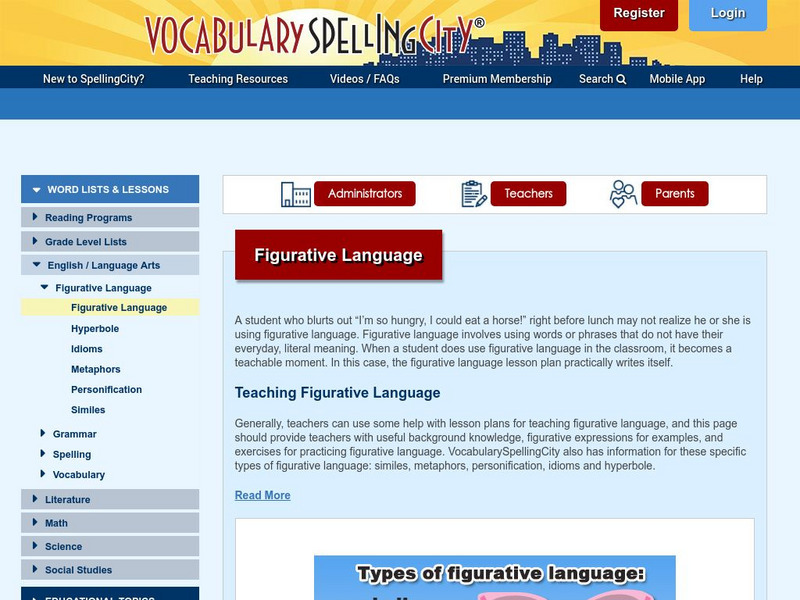



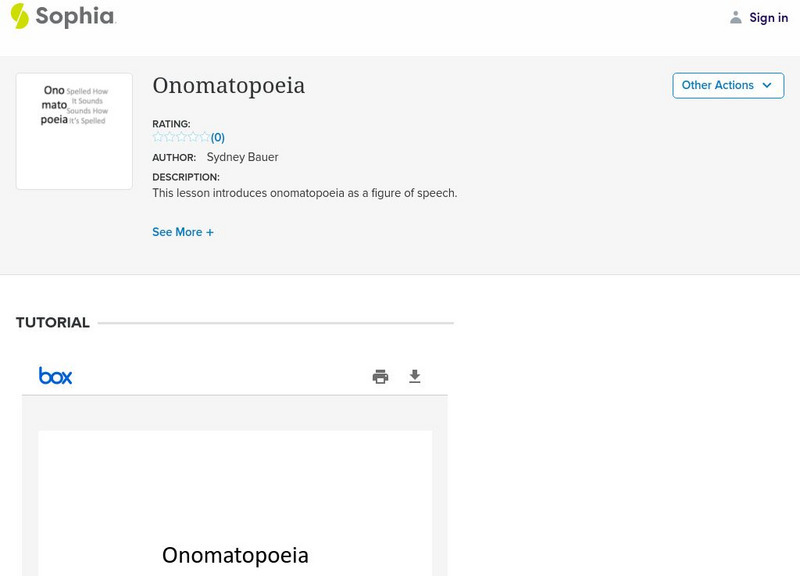
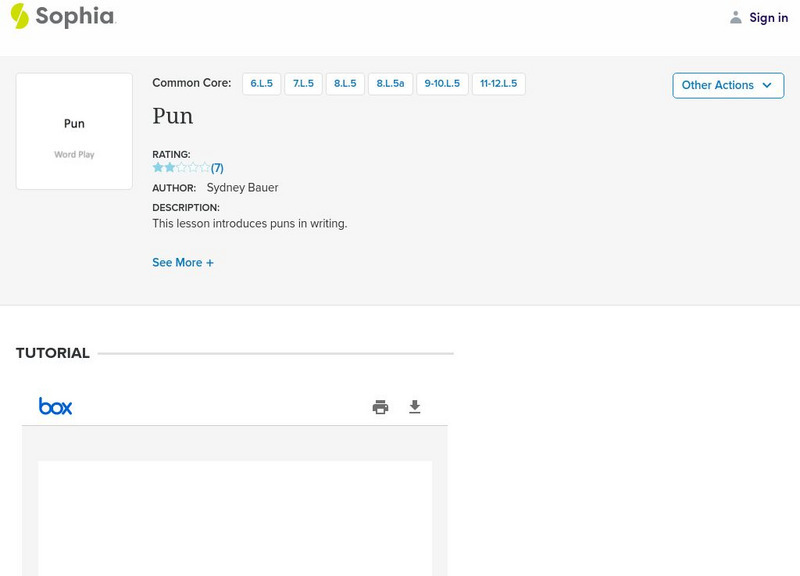
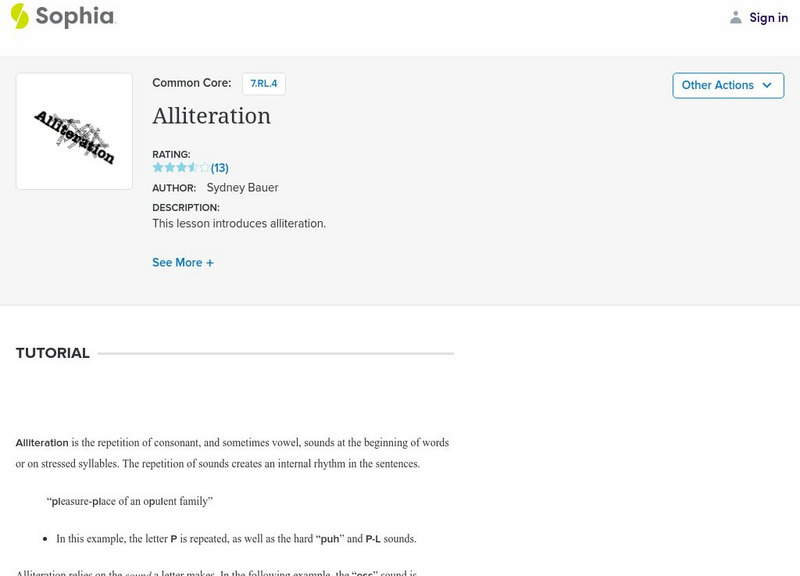

![Holt, Rinehart and Winston: Elements of Literature: Discovering Irony [Pdf] Graphic Holt, Rinehart and Winston: Elements of Literature: Discovering Irony [Pdf] Graphic](http://content.lessonplanet.com/resources/thumbnails/411247/large/bwluav9tywdpy2symdiwmduymc01ndiylxo4dxvqyi5qcgc.jpg?1589993091)


